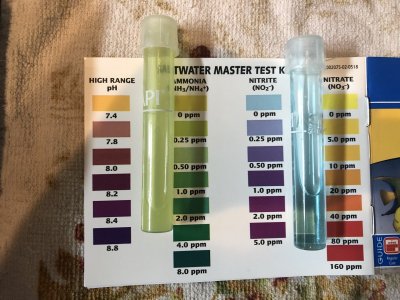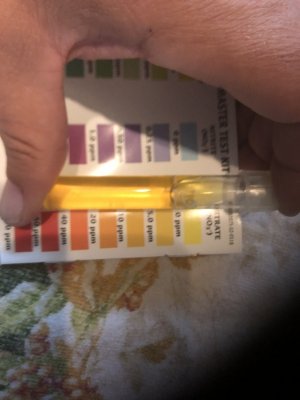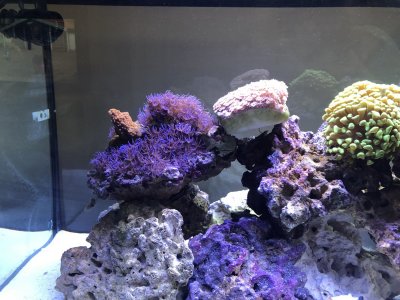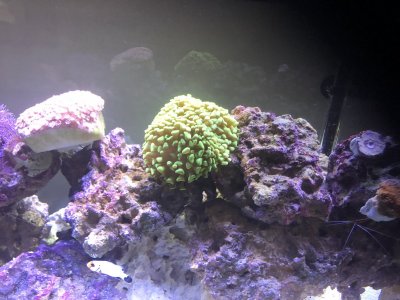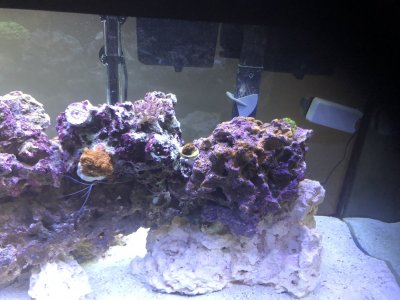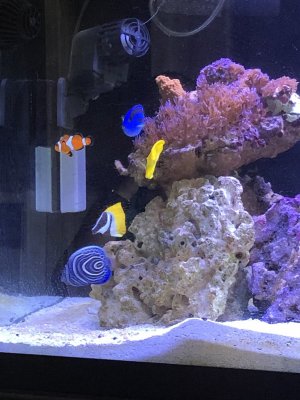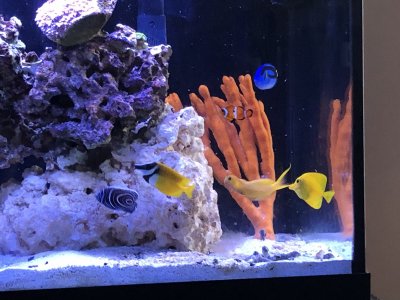It’s awesome these few places offer pre QT fish 
Make a tank using any rock approach we want, stop and enjoy and feed and waterchange for 76 or so days after the very last item is stocked before going fallow
It’ll be an enjoyable get to know hard work gardening expected fallow phase. Good for patience tuning....you can practice rock scraping without harming disease protocols, learn hands on. can’t juice it with fish ammonia so quick using Humblefish methods~ but that first 72-76+ days is the time you’ll get your algae tuning down and what to expect work-wise to keep the uninvaded condition.
To add those kinds of fish, the pre qt ones, after fallow seems like the quickest way to get fish using today’s updated approaches.
It seems we’re combining honest skip cycle substrate biology + Humblefish’s disease prevention protocol using that combo or any other QT inclusive approach
Make a tank using any rock approach we want, stop and enjoy and feed and waterchange for 76 or so days after the very last item is stocked before going fallow
It’ll be an enjoyable get to know hard work gardening expected fallow phase. Good for patience tuning....you can practice rock scraping without harming disease protocols, learn hands on. can’t juice it with fish ammonia so quick using Humblefish methods~ but that first 72-76+ days is the time you’ll get your algae tuning down and what to expect work-wise to keep the uninvaded condition.
To add those kinds of fish, the pre qt ones, after fallow seems like the quickest way to get fish using today’s updated approaches.
It seems we’re combining honest skip cycle substrate biology + Humblefish’s disease prevention protocol using that combo or any other QT inclusive approach




